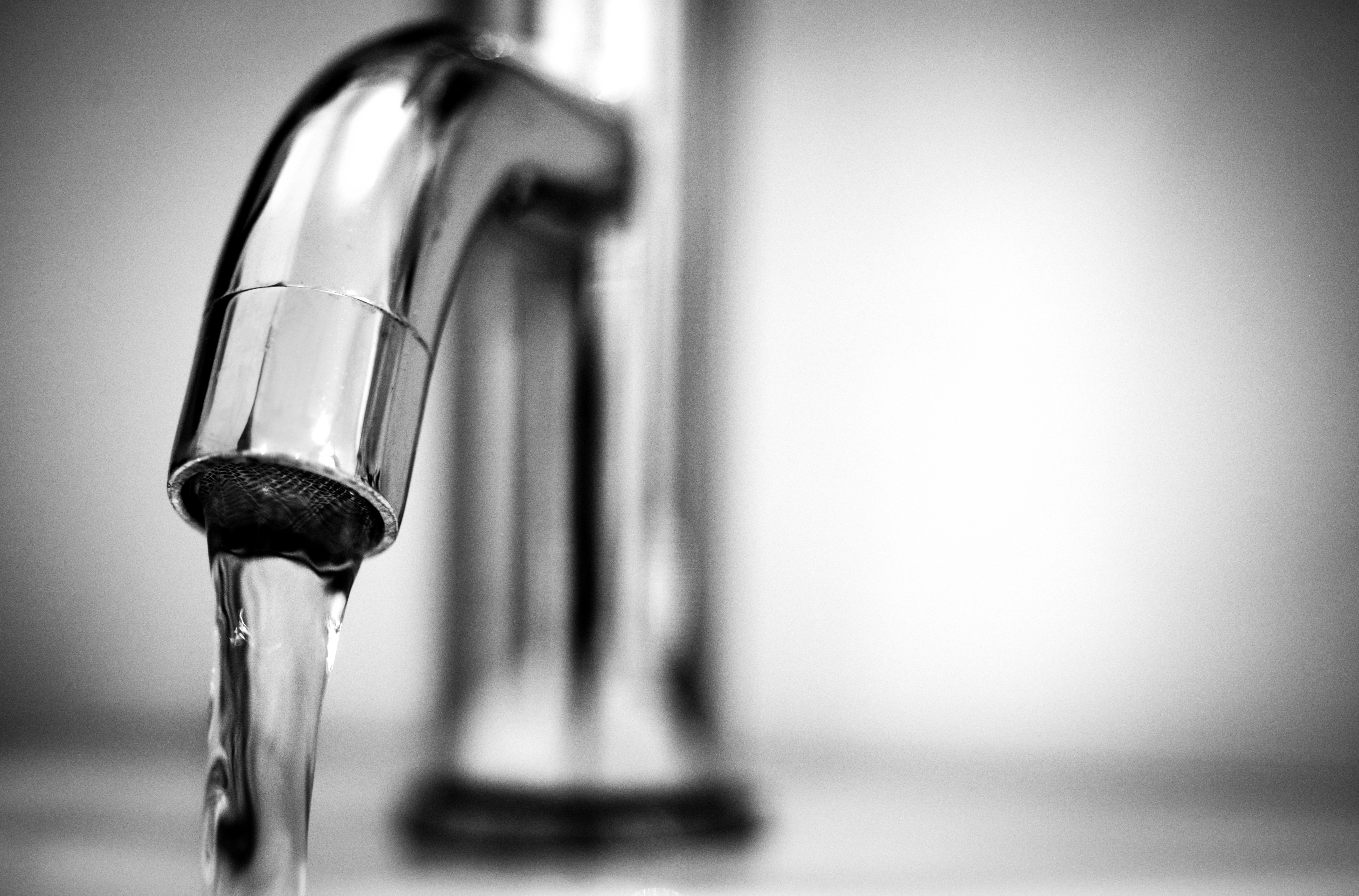Materials in contact with drinking water: state of the European legislation on water quality for human consumption. Impact on brass alloys and materials with lead.
The European regulations concerning the quality of water intended for human consumption, directive 98/83/EC provides that from December 2013 the maximum permissible lead content in European drinking water should be 10 micrograms per litre. We were actually in a transitional regime that allowed up to 25 micrograms per litre. The European Union (EU) has been looking since the 90s to establish which materials could be used for the distribution of potable water. In 2008, a group of four states (France, Germany, Holland and England) created the 4MS (Four Member States) in order to harmonize the different legal frameworks concerning materials in contact with drinking water.
Within this association were created different sections, and the section on metals including copper and its alloys (such as brass) is driven by Germany. It is through the federal environmental agency, the UBA, and initiates the revision of the standard DIN 50930 to present a new list of suitable materials in contact with drinking water. The list consists of different categories and for each category establishes a reference material tested in different types of water and serves as a reference for comparison for any new material, whose results on lead migration should be less than or equal to the reference material.
To date some materials are under test and others have already been tested and declared approved or not approved. We highlight some of these results in terms of standard bar brass alloys commonly used in the manufacture of fittings and accessories for water conveyance:
- CW614N: Approved alloy. Brass alloy normally used for the manufacture of parts for precision parts.
- CW617N: Approved alloy. Brass alloy used in the manufacture of parts by hot forging.
- CW602N: NOT approved alloy. Dezincification resistant brass alloy (known as DZR).
Currently the different EU members shall incorporate the results to its own regulations, and is likely that the EU generates its own rules binding on all members.
In Rafael Márquez Moro y Cía., S.A. we are always concerned about the quality and safety of our products, both technically and human and environmental health. We use brass CW614N and CW617N in our manufacturing processes, so our items comply and will continue to comply with the requirements of quality and safety that both the market and the regulator demands for products in contact with water for human consumption.
Source: results obtained by the UBA agency. To learn more about the agency and its work consult http://www.uba.de/en

